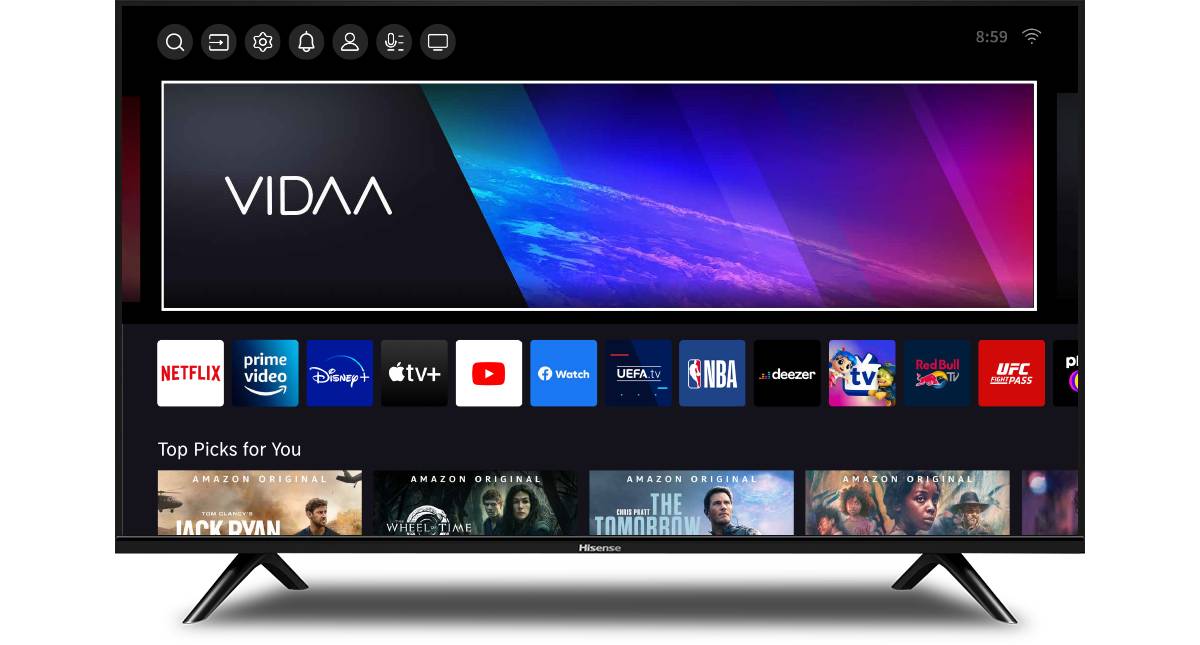Connected TV is set to amass $20 billion in US ad revenues this year, according to the latest forecast from Brian Wieser, principal of consultancy Madison and Wall. The economist projects 18 percent growth for CTV in 2024, and the same rate of growth during the first quarter.
Wieser defines CTV as digital extensions of traditional media and other professionally produced content which is primarily viewed in the living room, as opposed to on a phone or PC. The channel will represent 29 percent of all TV advertising in 2024, according to the forecast.
But national TV (excluding political advertising) is expected to see continued declines, with ad revenues due to fall 3.5 percent in Q1, and 3.2 percent for the full year. Wieser said TV and CTV will face ongoing challenges, as advertisers shift their media budgets towards performance channels, coupled with negative sentiment driven by cord-cutting and the erosion of national reach on TV.
The forecast did however highlight the Olympics as a bright spot in the TV calendar for advertisers looking for the level of reach that TV can deliver. “I think this figure will be propped up modestly by the Summer Olympics, which likely retains much – if not more – of the appeal it has always had to advertisers,” said Wieser.
And for the timebeing, he predicts CTV to fare well within the overall decline of TV. The economist singled out Amazon Prime Video, whose new ad-supported tier will generate “a lot of revenue” for its parent company. But Wieser noted that those gains will primarily come at the expense of other owners of traditional TV ad inventory, rather than bringing new spend into the TV category.
Economic optimism
Looking at the broader US ad market, the report forecasts 5.6 percent total growth (ex-political) in 2024. The outlook for Q1 is particularly positive, anticipating 8 percent growth for the quarter. The projection marks an improvement on Wieser’s previous forecast, which estimated full-year expansion of 5.2 percent and Q1 growth of 7 percent.

The report cites projected improvements in the US economy, with GDP forecasts for 2024 up by nearly one percentage point in February as compared to November 2023.
Wieser also pointed to the rise of online businesses who tend to invest more heavily in advertising. He noted that ecommerce-based retailers “are typically four times more ad intense than physical retailers.” For example, online travel agencies are more ad-intensive than traditional agencies, and digital game publishers are more ad-intensive than traditional game manufacturers. So as those ad-intense competitors take market share from physical or traditional businesses, the ad market grows as a result.
Digital gains
However, the online nature of those businesses means the advertisers tend to favour commerce media to TV advertising, hence the decline of TV in the mix.
“Looking at individual media, I expect the shifting budget shares that have been playing out through 2023 to broadly continue,” said Wieser. “Those shifts should include ongoing share gains for digital advertising, modest share losses for outdoor advertising and bigger share losses for audio, television-based media companies and publishers of content with roots in print.”
Digital advertising is therefore expected to grow its share of ad revenues from 64 percent in 2023 to 76 percent in 2028. In the shorter-term, Wieser anticipates “modest deceleration” in the expansion of digital advertising (ex-political), forecasting 14.2 percent growth in Q1 2024, and 10.7 percent for the full year (compared to 12.9 percent in 2023).
Within digital advertising, commerce media is forecast to essentially double in size over the next five years, according to Wieser, accounting for $82 billion in ad revenues in 2028.
And social media is also due to grow roughly in line with overall digital advertising, climbing 14.5 percent in Q1, and 11.7 percent in 2024. The report notes that social media and other logged-in environments will generally benefit from the challenges facing the open web, including AI-based content leading to lower consumer usage, and less advertiser interest in those environments.
“Towards these ends, the open web advertising including open CTV, digital OOH, digital audio and others who don’t operate as walled gardens probably see relatively limited growth in the coming years, although I recognise that there is always the possibility that increased investments in content – whether driven by AI or humans – will result in better content, more trust, more usage and more advertiser interest,” said Wieser.




